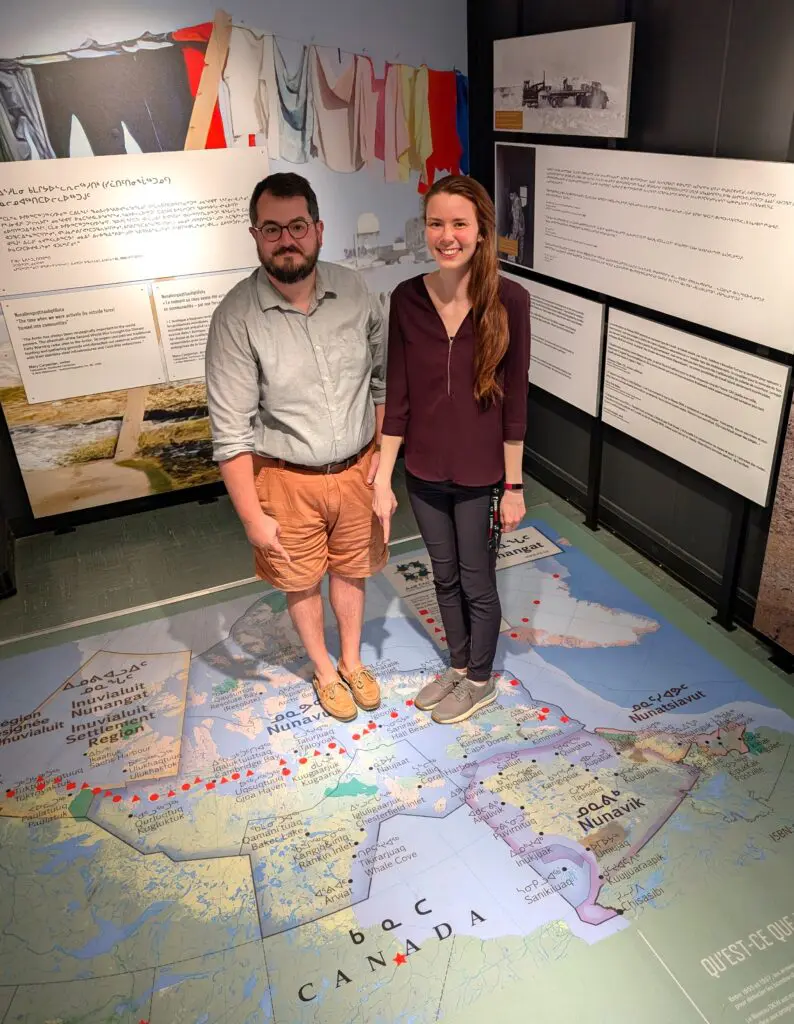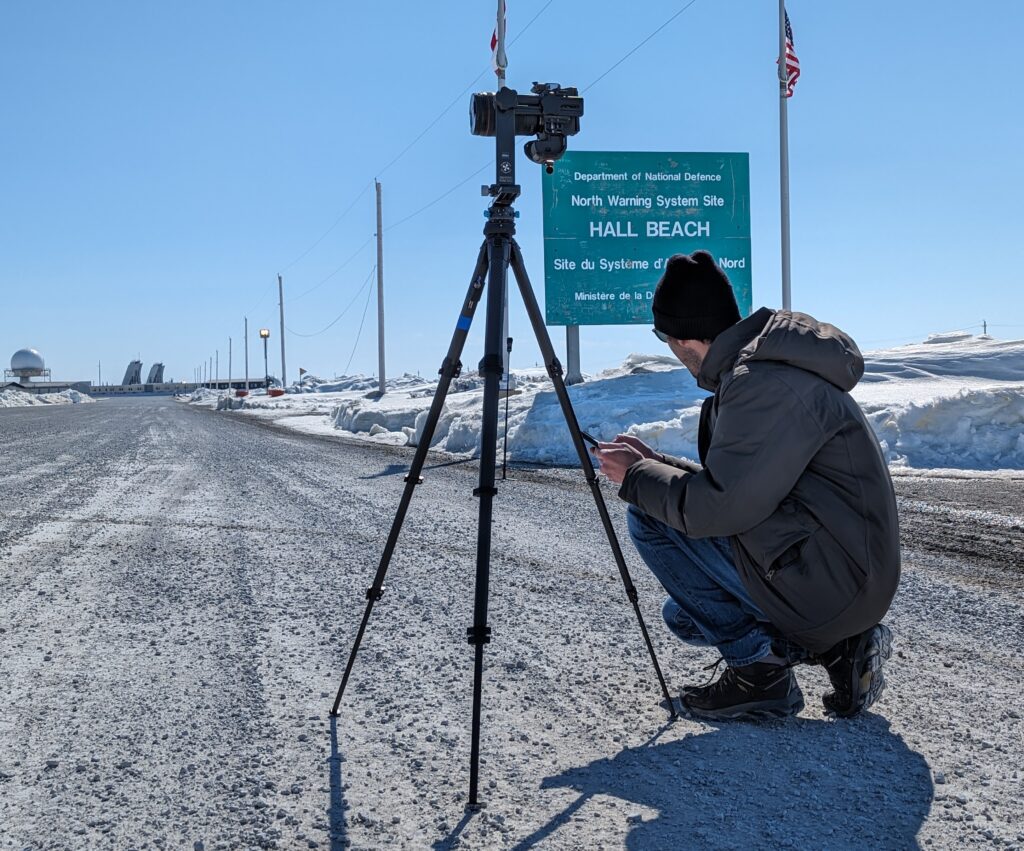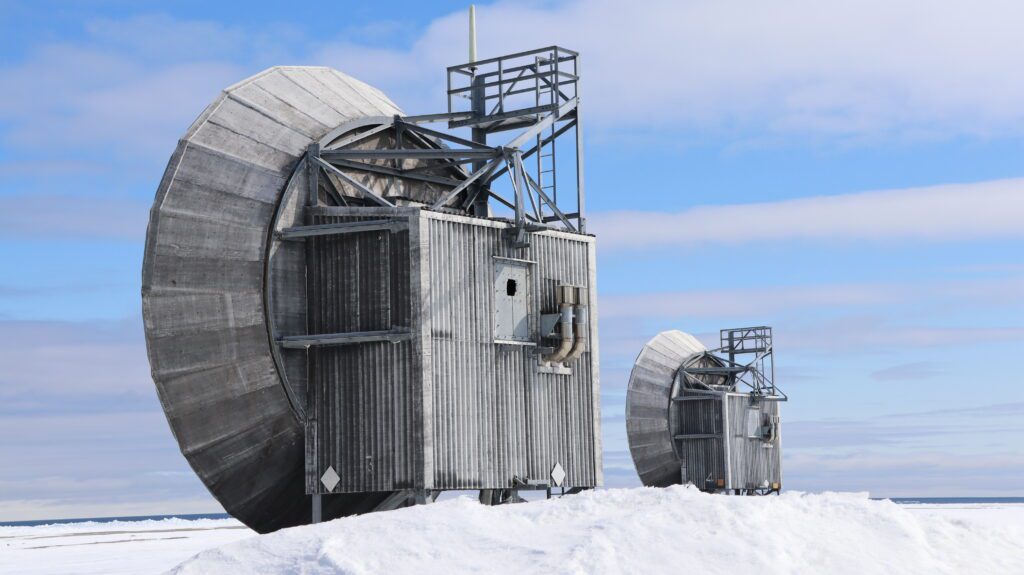In 2023, we were thrilled to be selected as a funding recipient through Digital Museums Canada. This investment is for the creation of an interactive digital educational platform for young audiences to learn about North America’s first lines of defence during the Cold War: The DEW Line.

The Distant Early Warning (DEW) Line left a lasting impact on those who built it, worked there, and lived there, particularly Inuit communities. Through video footage, interviews, rarely seen documents, and a navigable 3-D environment, the digital platform will uncover stories of the structures left behind when the Soviet nuclear threats had dissipated, of the people who waited on the line, and of Inuit whose lives were forever changed by the Cold War. An engaging learning environment, supplemented by curriculum-aligned resources for educators, will allow young audiences to explore the role of Canada’s North, both during the Cold War and into the present.
Our team has been working on developing this project over the last several months, bringing together experts for research, community engagement, content development, and technical production. Gaining an in-depth understanding of the DEW Line sites is a valuable component of the process, with in-situ research and documentation being used to enhance the immersive storytelling of the digital platform.

In early June, members of the Diefenbunker team and Know History travelled to Sanirajak, Nunavut, where the former DEW Line site of FOX-Main now operates as part of the North Warning System. The goal was to capture photos, videos, and interviews to inform the digital platform. This included 360-degree photos around the interior and exterior of key buildings; drone footage and environmental scans of exterior spaces and structures; and conversations with local students and community members, as well as current and former personnel working at the site.
As we continue to see tensions around northern sovereignty, truth and reconciliation between Indigenous and non-Indigenous people, and environmental issues in the Arctic, it is important to document the legacy of the DEW Line that remains for the people who live there, while the physical evidence of the sites’ existence is disappearing to time.
We look forward to sharing more on our team’s work from this trip to the Arctic, including behind-the-scenes content on the process. As the project unfolds in the coming months, stay tuned for more insights into Canada’s Cold War story and discoveries from the DEW Line.

